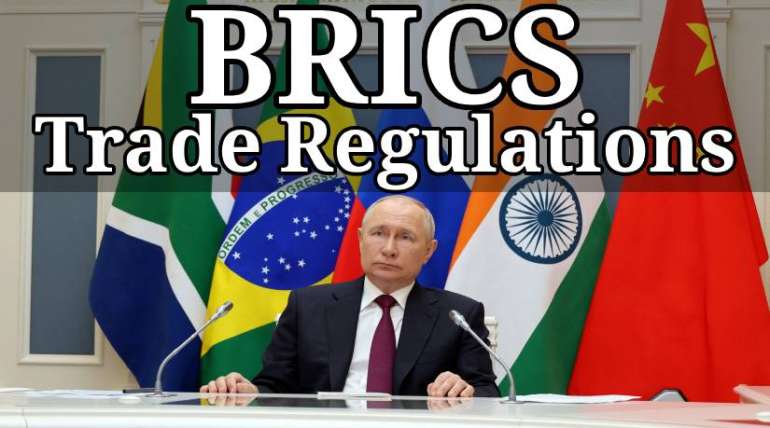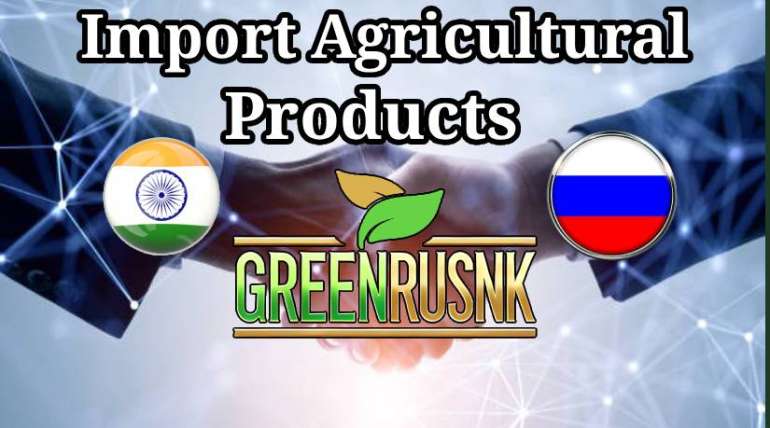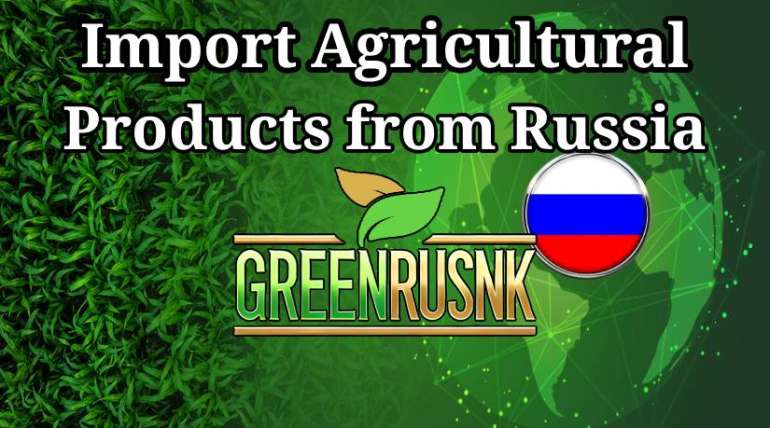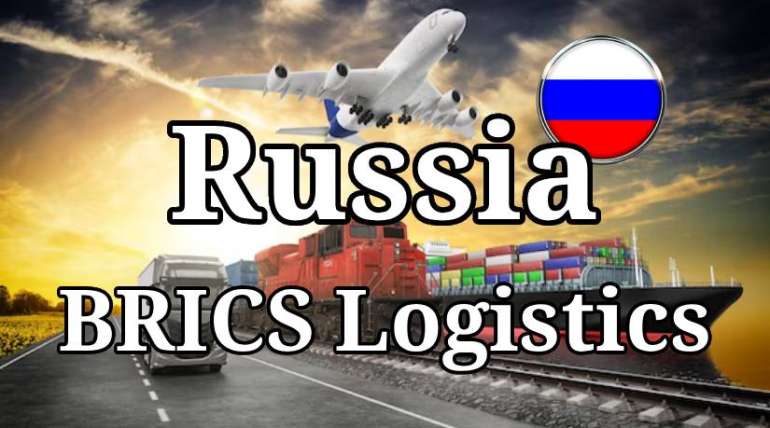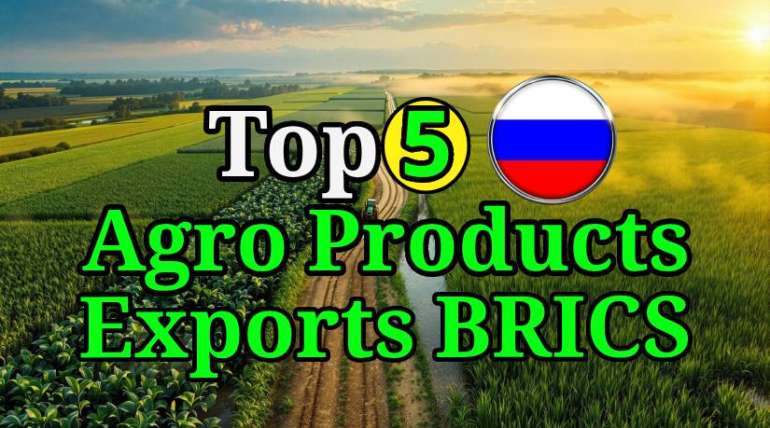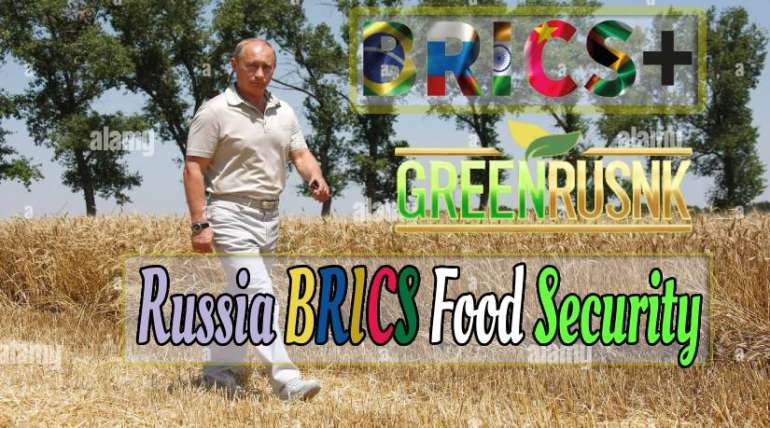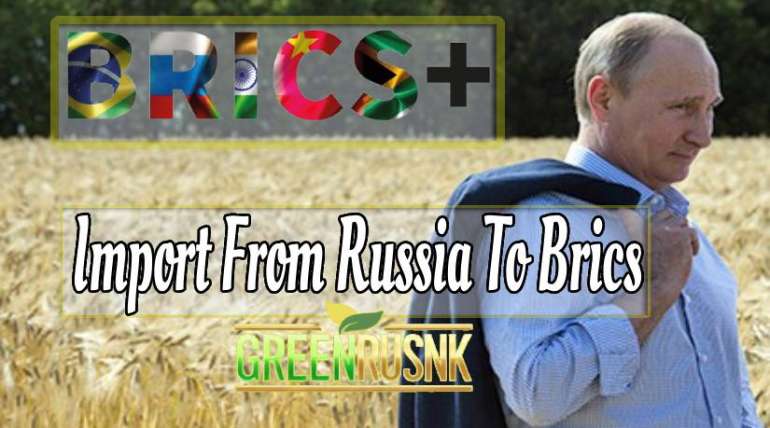BRICS Trade Regulations – Agricultural Import Laws & Agreements | BRICS Trading Hub by GreenRusnk
Trade Agreements and Regulations in BRICS Agricultural Imports
BRICS trade regulations
Introduction: Understanding BRICS Trade Regulations
Agricultural trade is the backbone of cooperation among دول البريكس — Brazil, Russia, India, China, and South Africa. To ensure smooth transactions and fair market access, these nations have established a framework of BRICS trade regulations that governs agricultural imports and exports.
As international demand for food security grows, understanding these trade agreements becomes vital for importers and exporters alike. With its deep expertise and verified partners, GreenRusnk’s BRICS Trading Hub helps businesses navigate the complex legal environment and stay fully compliant with all agricultural trade laws.
1. The Foundation of BRICS Trade Agreements
Since its formation, the BRICS alliance has aimed to create an alternative trade model that reduces dependency on Western-controlled markets. The BRICS trade regulations focus on principles of equality, transparency, and mutual benefit. These agreements encourage lower tariffs, simplified customs procedures, and unified product certification systems.
Moreover, the alliance is actively working on harmonizing import inspection standards and reducing non-tariff barriers, making agricultural trade more efficient and predictable.
2. Key Regulatory Bodies and Committees
Each BRICS member has its own national authorities responsible for enforcing agricultural import laws. However, joint committees now exist to ensure coordination and information sharing among members. For example:
- BRICS Agricultural Cooperation Committee (BACC): Oversees intergovernmental collaboration on import/export standards.
- BRICS Customs Alliance: Works to unify customs documentation and digitalize inspection systems.
- BRICS Food Safety Board: Focuses on product traceability and phytosanitary compliance.
GreenRusnk maintains close cooperation with these institutions, ensuring that clients receive updated compliance guidance and documentation support.
3. Common Legal Requirements for Agricultural Imports
The brics trade regulations require agricultural importers to meet several essential criteria. These include documentation, certification, and product labeling. Most shipments must include:
- Certificate of Origin (confirming BRICS or partner origin)
- Phytosanitary Certificate (for plant-based products)
- Certificate of Analysis (verifying quality and purity)
- Bill of Lading and Customs Declaration
GreenRusnk assists companies in preparing and verifying these documents to avoid delays, penalties, or customs rejections.
4. Bilateral and Multilateral Agreements Between Members
One of the strongest aspects of BRICS trade regulations is the inclusion of both bilateral and multilateral trade accords. These agreements simplify trade by removing duplication in certifications and reducing paperwork.
For example, Russia and India have signed protocols recognizing each other’s inspection certificates, while China and Brazil collaborate on pesticide residue and food safety harmonization. These frameworks make agricultural imports smoother and more transparent.
Through its BRICS Trading Hub, GreenRusnk helps clients apply these agreements in practice — connecting buyers with pre-certified suppliers who meet the exact legal and quality requirements of each BRICS market.
5. Digitalization and Smart Customs Systems
A major innovation in BRICS trade regulations is the shift toward digital platforms for import control. Electronic customs systems and blockchain-based documentation are now being implemented to reduce fraud and enhance transparency.
Russia, China, and India have integrated AI-driven customs analysis tools that detect discrepancies in cargo data instantly. These systems speed up clearance times and provide traceability for every shipment.
GreenRusnk utilizes these tools to provide clients with real-time shipment monitoring and pre-clearance document verification, ensuring smoother and faster logistics.
6. Environmental and Ethical Regulations
BRICS members are also focusing on sustainability and fair trade principles. The updated brics trade regulations emphasize organic certification, responsible sourcing, and carbon-neutral logistics. Importers who meet these standards often receive tariff benefits or faster customs approvals.
GreenRusnk partners with exporters who comply with ISO 14001 environmental management standards and eco-friendly production policies, allowing buyers to align their imports with sustainable trade goals.
7. Compliance Support through GreenRusnk
Navigating the complex web of BRICS trade regulations can be challenging for new importers. That’s where GreenRusnk comes in — providing full compliance consulting through the BRICS Trading Hub.
The company offers:
- Legal document verification before shipment
- Partnership with customs agents and inspection bodies
- Training for importers on regulatory changes
- Access to verified exporters who meet BRICS certification standards
As a result, businesses can trade confidently, knowing that their operations are legally protected and fully compliant.
8. Future of BRICS Trade Regulations and Cooperation
Looking ahead, the brics trade regulations are expected to evolve toward even greater integration. New initiatives aim to create a single digital trade framework for all BRICS members, simplifying customs, payments, and logistics through one digital window.
GreenRusnk plans to integrate its systems into these frameworks, providing clients with automated updates, AI-powered document checks, and smart compliance alerts that ensure uninterrupted trade flow.
Building a Transparent BRICS Trade System
The network of BRICS trade regulations is not just about paperwork — it’s about trust, cooperation, and shared progress. As agricultural imports continue to grow, legal alignment becomes essential to maintain stability and fair competition.
With the help of GreenRusnk’s BRICS Trading Hub, importers gain a reliable partner that simplifies legal compliance, connects them with verified exporters, and ensures that every trade respects both international and BRICS-specific laws.
In this way, GreenRusnk doesn’t just facilitate trade — it strengthens the legal and ethical foundation of BRICS cooperation for decades to come.

